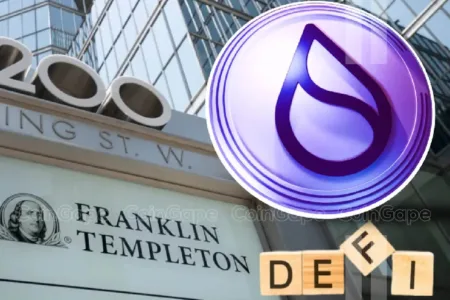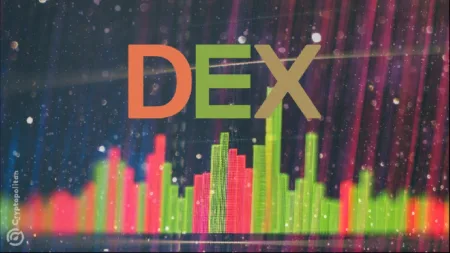
VanEck remains optimistic about Bitcoin’s outlook heading into the fourth quarter, citing strong macroeconomic support and institutional inflows while expressing concerns over Ethereum’s ongoing struggles with market share and declining fee generation.
According to the firm’s September recap report, Bitcoin surged 7.7% over the month, buoyed by the Federal Reserve’s rate cut and China’s economic stimulus. It outpaced Ethereum, which managed only a 3.2% gain over the same period.
Bitcoin and Ethereum
VanEck said that Bitcoin’s rally, which saw $1.2 billion in net inflows into US Bitcoin exchange-traded products (ETPs), indicates growing investor confidence. These ETPs have accumulated more Bitcoin than has been mined since their launch, playing a crucial role in price formation.
In contrast, Ethereum continued to lose ground, with fee generation dropping sharply as its market share hit five-year lows. Despite the poor performance, Ethereum showed signs of stabilization mid-month, as its fee market share rebounded from 31% in August to 45% in September.
Ethereum’s shift to a settlement layer for Layer-2 blockchains, following the implementation of EIP-4844, has reduced demand for its blockspace, leading to a sharp decline in transaction revenues from $7.2 billion in March to $1.2 billion in September.
VanEck suggested that while Ethereum’s long-term strategy aims to support mass adoption, its short-term underperformance could challenge its position in the market. On the other hand, Bitcoin continues to show resilience, with institutional inflows and strong price momentum reinforcing its dominant position in the digital asset space.
Top metrics
Layer-1 blockchains dominated in September, with Sui leading the pack, surging 118% to reach a $5 billion market cap. The network also saw a significant 140% growth in daily active addresses (DAAs) and a 48% growth in revenue, driven primarily by memecoin speculation and native stablecoin activity.
Aptos also performed strongly, climbing 23%, despite a token unlock worth $90 million. The growth was largely attributed to the Raptr software upgrade, which bolstered transaction speeds and boosted daily active addresses by 30%.
Solana rounded out the top three performers after surging 14% over the period. This was fueled by the much-anticipated release of the “Firedancer” upgrade, which promises to enhance transaction throughput and network reliability. Firedancer, currently in testnet, achieved 89,000 transactions per second, a notable improvement for the Solana network.
Meanwhile, Polygon underperformed the wider market, falling by 4% amid a sharp drop in daily active users and a 50% reduction in fee generation. Despite these challenges, the network continued with its Polygon 2.0 roadmap, successfully migrating the MATIC token to POL with the goal of enhancing interoperability and scalability.
Memecoins posted a 31% gain in September, while DeFi tokens followed with a 19% increase. Layer-1 tokens as a whole rose 11%, with crypto equities gaining 11% as well.
Mentioned in this article
Read the full article here









